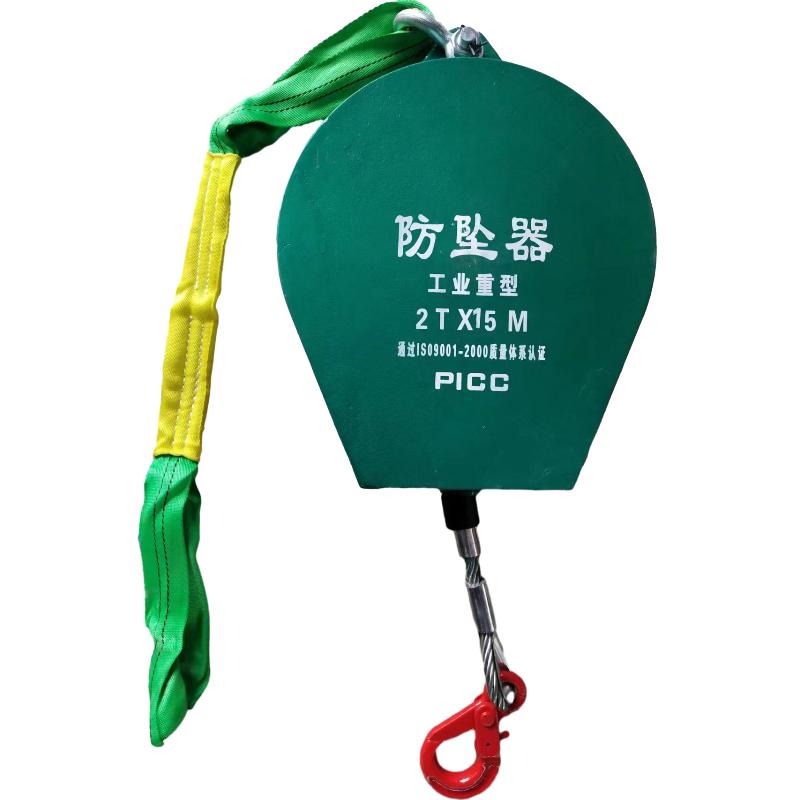


Fall Protection Ensuring Safety in the Workplace
In various industries, the risk of falls is a significant safety concern that can lead to severe injuries or even fatalities. According to statistical data, falls constitute one of the leading causes of work-related injuries and deaths, particularly in construction, manufacturing, and warehousing sectors. Consequently, implementing effective fall protection measures is essential to safeguarding workers and promoting a culture of safety within the workplace.
Fall protection refers to a variety of strategies and equipment designed to prevent falls and reduce the risk of injury when working at heights. This encompasses measures such as guardrails, safety nets, personal fall arrest systems (PFAS), and training programs designed to equip employees with the knowledge and skills necessary to work safely at elevated levels. The importance of a comprehensive fall protection plan cannot be overstated, as the consequences of complacency can be devastating.
Fall Protection Ensuring Safety in the Workplace
Training is a critical component of any fall protection program. Workers must be informed about the proper use of fall protection equipment and the importance of adhering to safety protocols. Regular training sessions reinforce safe practices and keep employees updated on new safety regulations and technologies. Employers should also foster an environment where employees feel comfortable reporting unsafe conditions or behaviors without fear of reprisal.

In addition to preventive measures, it is important for employers to establish and enforce a safety culture that emphasizes continuous improvement. This includes regularly reviewing and updating fall protection policies and procedures based on feedback from employees and changes in regulations. Safety audits and inspections should be conducted to ensure that fall protection equipment is in good condition and that all safety measures are being followed.
Technological advancements have also contributed significantly to enhancing fall protection strategies. Innovations such as automated safety systems, wearable technology that monitors worker movements, and advanced harness designs improve the efficiency and effectiveness of fall protection measures. Employers should stay informed about these developments and consider integrating them into their safety protocols.
Furthermore, compliance with Occupational Safety and Health Administration (OSHA) regulations is paramount. OSHA sets forth standards for fall protection in the workplace, and failure to comply with these regulations can result in severe penalties as well as increased risk of accidents. Employers must familiarize themselves with these regulations and ensure that their fall protection plans meet or exceed the minimum requirements.
In conclusion, fall protection is a critical aspect of workplace safety that requires proactive measures, training, and a commitment to continuous improvement. By understanding the risks associated with working at heights and implementing effective fall protection strategies, employers can create a safer work environment for their employees. Ultimately, prioritizing safety not only protects workers but also fosters productivity and morale, leading to a more successful and sustainable business.



